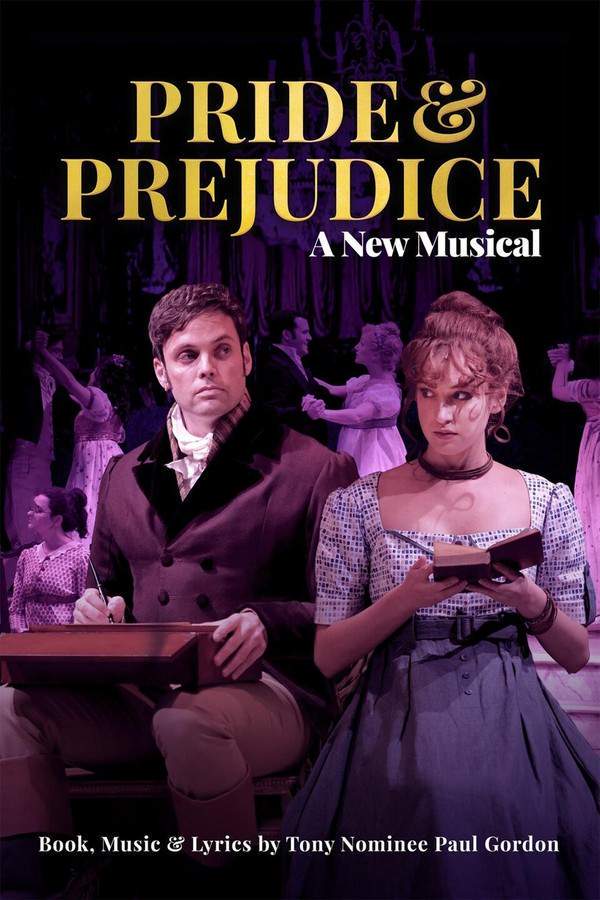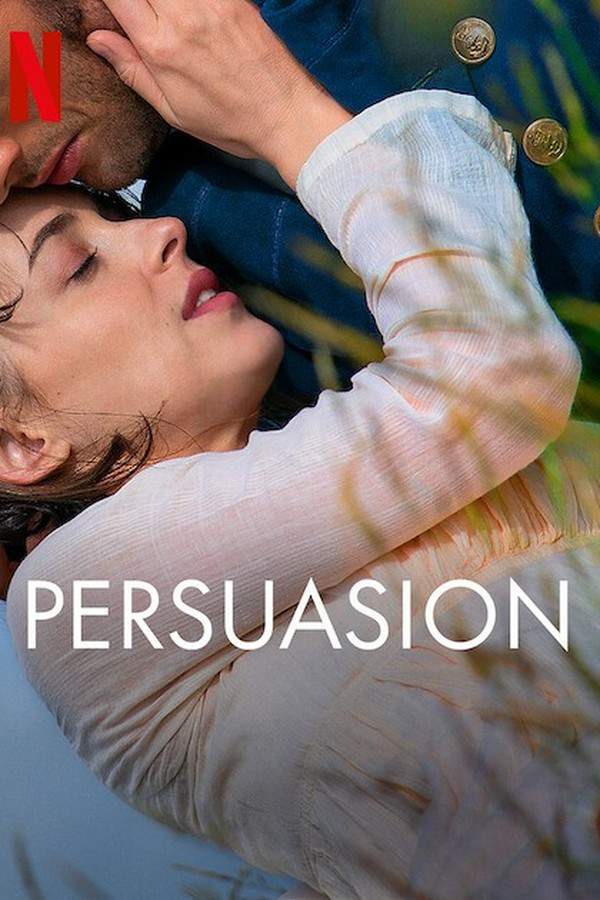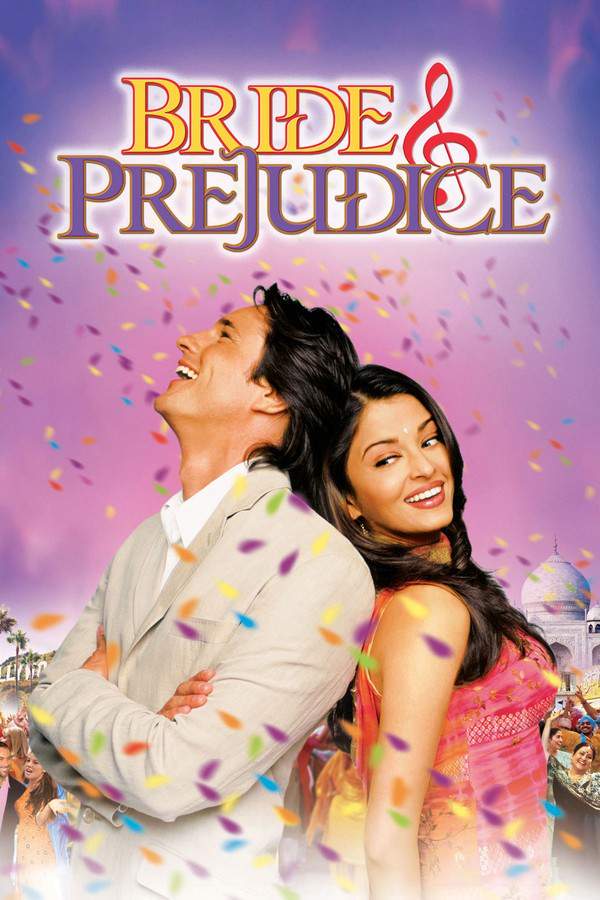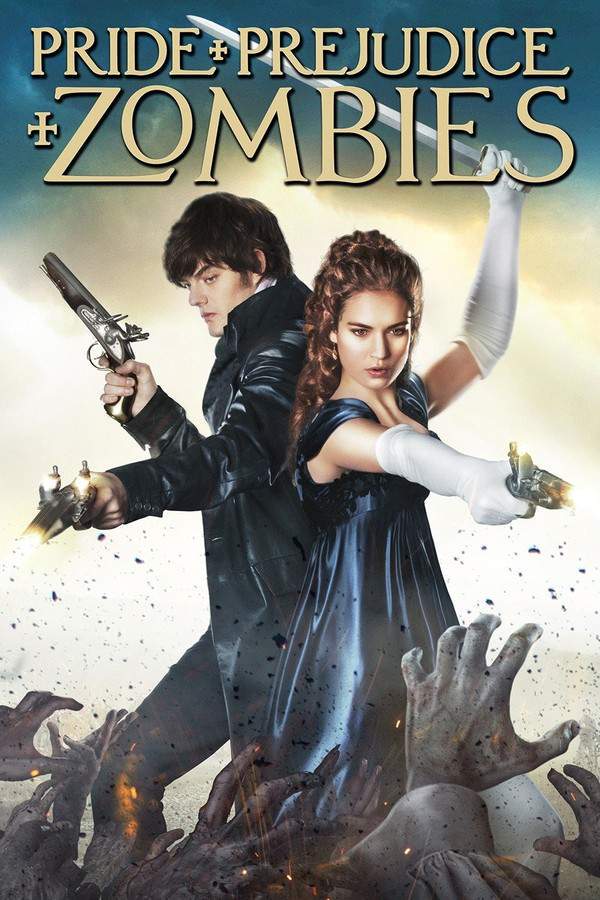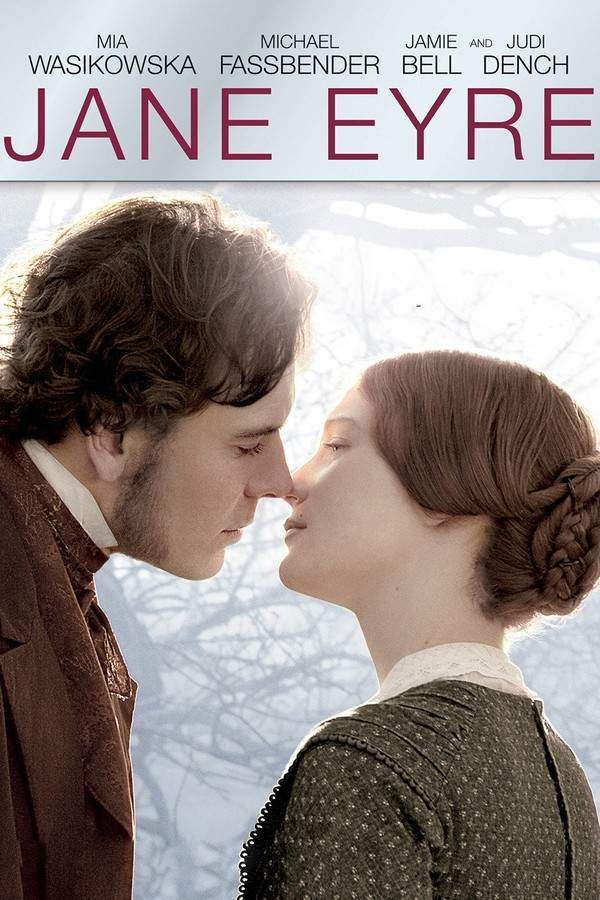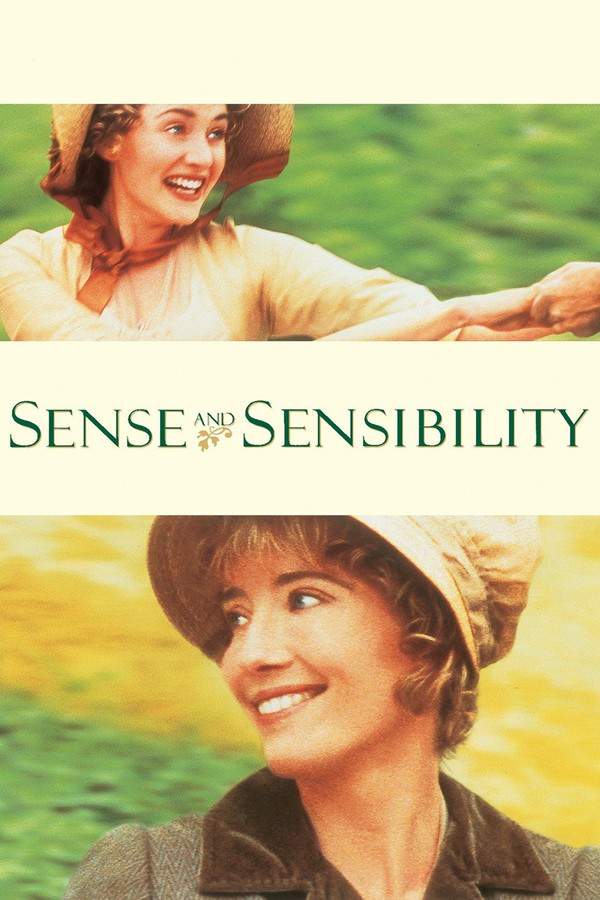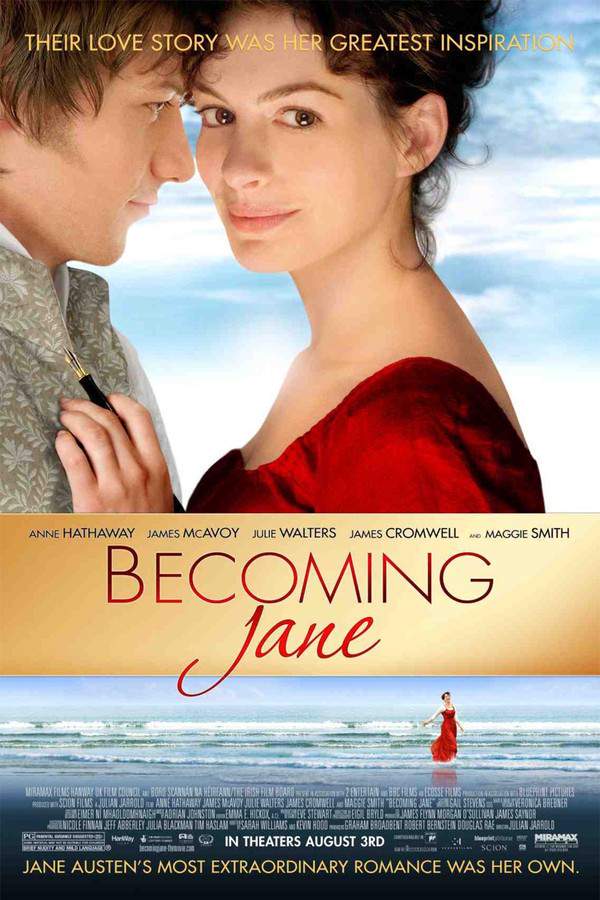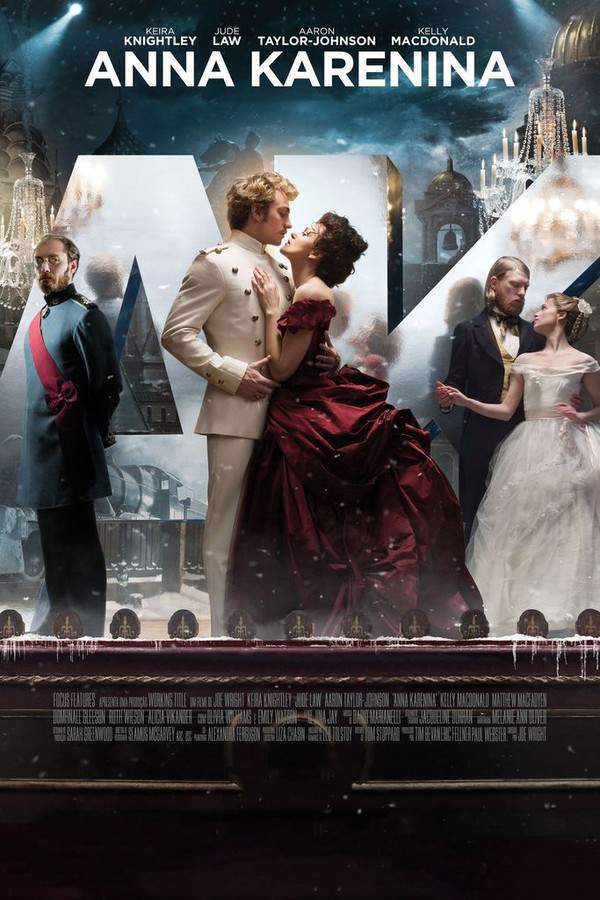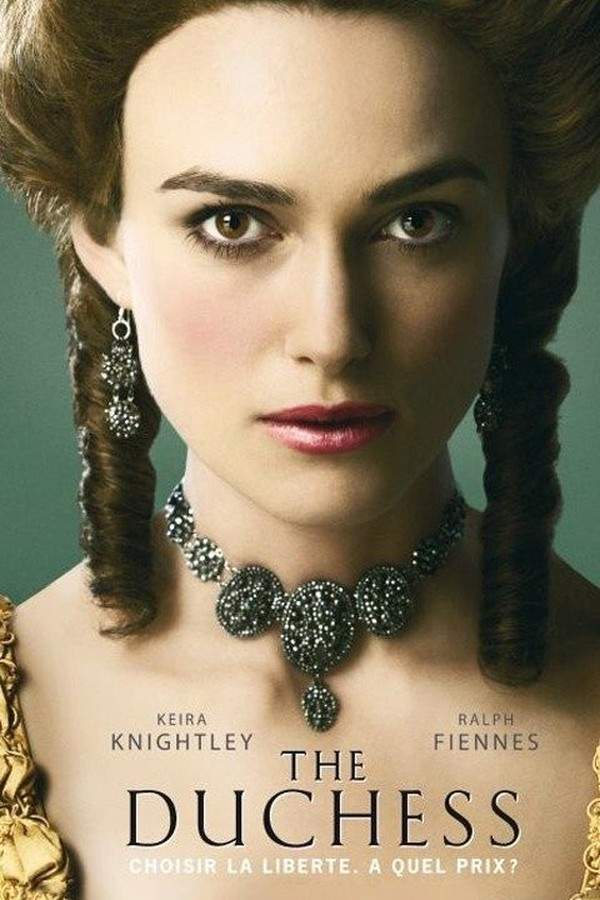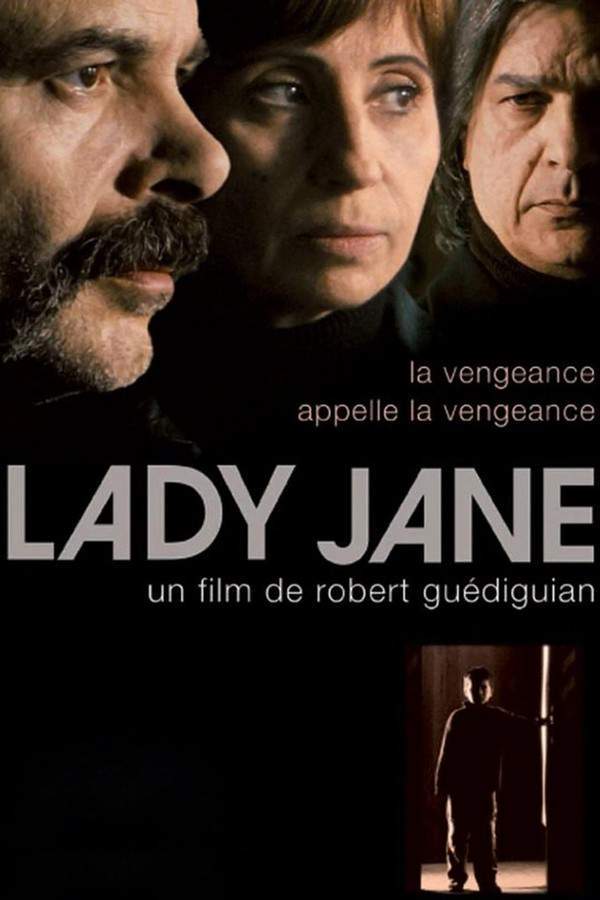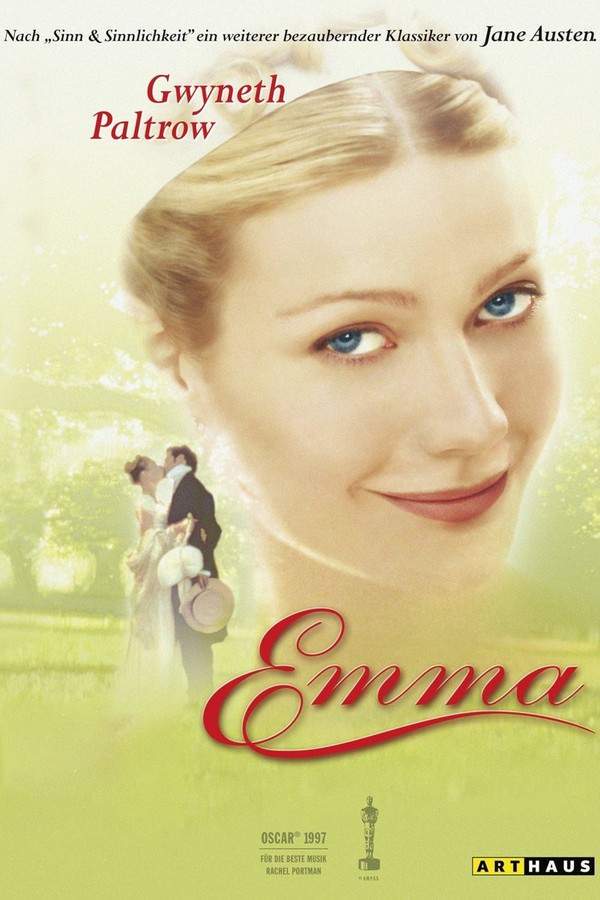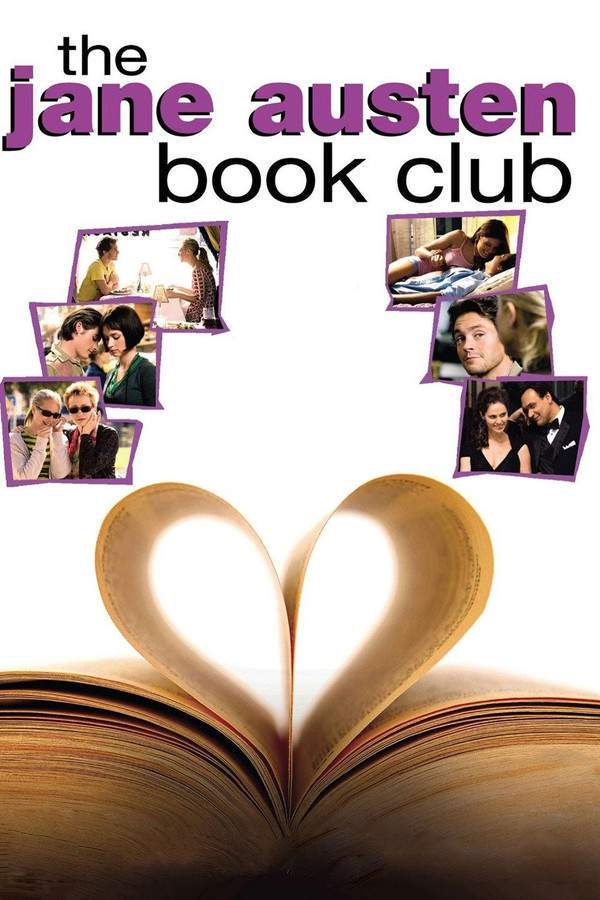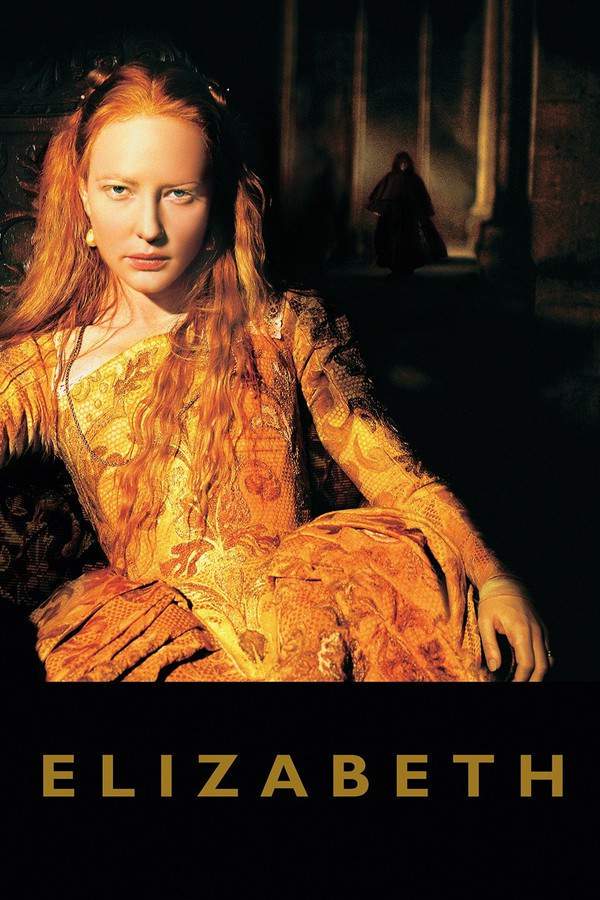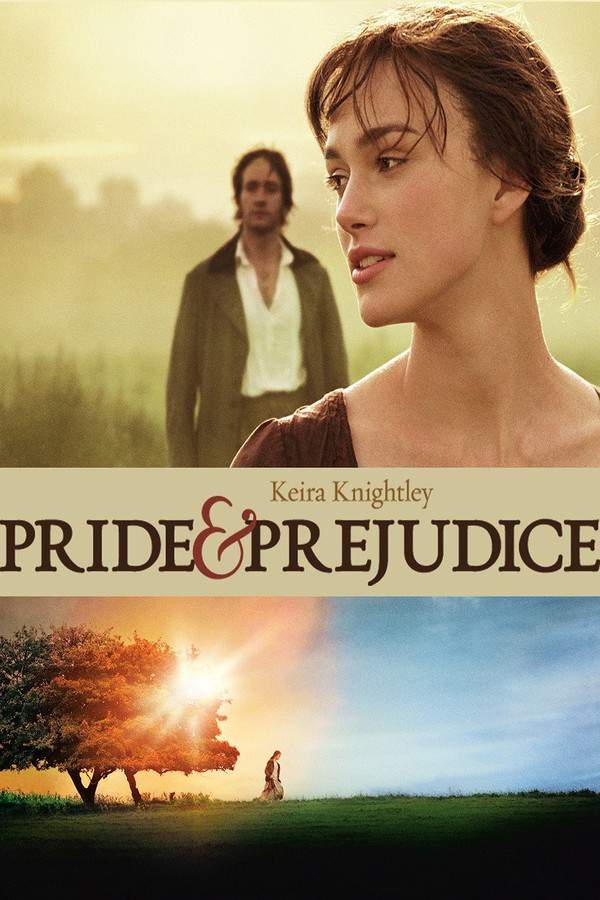
Pride & Prejudice 2005
Directed by

Joe Wright
Made by

Focus Features
Pride & Prejudice Plot Summary
Read the complete plot summary and ending explained for Pride & Prejudice (2005). From turning points to emotional moments, uncover what really happened and why it matters.
This film unfolds the captivating tale of the Bennet family, a middle-class household in England during the early 19th century. The narrative revolves around the spirited Mrs. Bennet, a mother with an almost obsessive determination to secure financially stable marriages for her daughters. In contrast, Mr. Bennet (Donald Sutherland) remains relaxed and easygoing, often amused by the fervent antics of his family members.
Among the Bennet daughters, Jane is the eldest, characterized by her serious yet shy demeanor, often lost in thought. Meanwhile, the story’s focal point, Elizabeth (or Lizzie, portrayed by Keira Knightley), captures our attention as she navigates the complexities of social expectations with her sharp wit and wisdom. Not one to stifle her voice, Lizzie thrives in engaging in verbal fencing with those around her. The other sisters, Mary and Katherine (known as Kitty), each add to the family dynamic; Mary is more interested in books and music than in courting, while Kitty, along with her rebellious sister Lydia (Jena Malone), is preoccupied with the thrill of dances and flirtations.
When Charles Bingley (Simon Woods), a prosperous gentleman from London, relocates to the area, it sends ripples of excitement through the Bennet household. His wealthy friend, Fitzwilliam Darcy (Matthew Macfadyen), accompanies him from the North, and immediately stirs intrigue and disdain among the Bennet girls. The family’s precarious financial future hinges on marrying off their daughters, not least because their estate is entailed to their pompous cousin, William Collins.
The story drifts into action as Lizzie overhears news of Mr. Bingley’s arrival, a development that excites her family. During a ball, Bingley makes a beeline for Jane, while Darcy’s haughty manner rubs Lizzie the wrong way, prompting a series of spirited exchanges. As Caroline Bingley, Bingley’s pretentious sister, attempts to manipulate social dynamics to her advantage, obstacles emerge for Jane and Bingley’s budding relationship.
In a twist, Lizzie’s encounter with Mr. Collins adds further tension; despite his shallow and insufferable demeanor, Mrs. Bennet sees him as a potential suitor for one of her daughters. Even as the drama unfolds, including the arrival of the charming lieutenant Wickham, known for his good looks, the family’s fortunes remain interlinked through social engagements and misunderstandings.
As the plot thickens, Charlotte Lucas’s shocking engagement to Mr. Collins shocks Lizzie, who finds it hard to believe anyone would settle for someone so insipid. When Lizzie visits Charlotte at her new home, she encounters Lady Catherine de Bourgh, Darcy’s condescending aunt, who further complicates her views on class and propriety.
Darcy’s unexpected declaration of love for Lizzie catches her off guard, leading to a volatile exchange in which past grievances, namely Wickham’s deceit and the societal pressures they face, are brought to light. As Lydia’s recklessness spirals out of control, running off with Wickham, Darcy’s quiet yet steadfast support emerges as a hidden anchor for the Bennets.
This dramatic crescendo culminates in a sequence of pivotal moments; when Bingley returns to propose to Jane, and Darcy steps forward to clarify his intentions with Lizzie, it becomes a testament to the power of love overcoming societal and familial hurdles. A tense confrontation with Lady de Bourgh forces Lizzie to confront her feelings for Darcy definitively.
Ultimately, the tale closes with Lizzie’s acceptance of Darcy’s second proposal amidst the warm glow of dawn, a symbol of newfound hope and understanding between them, leaving a sense of resolution for both the Bennets and the audience. Mr. Bennet, witnessing his daughters’ rapid transitions into adulthood, humorously remarks on the matchmaking dynamics still at play, ensuring laughter amidst the closing chords of this heartfelt narrative.
Pride & Prejudice Timeline
Follow the complete movie timeline of Pride & Prejudice (2005) with every major event in chronological order. Great for understanding complex plots and story progression.
Introduction of the Bennet Family
The story begins by introducing the Bennet family, a middle-class household in England around 1800. Mrs. Bennet is portrayed as a hyper-excitable woman determined to marry off her daughters to wealthy suitors, and Mr. Bennet is depicted as relaxed and amused by his family's antics.
Arrival of Mr. Bingley
News spreads through the Bennet household that Mr. Bingley, a wealthy gentleman, has rented a nearby estate. This causes excitement among the daughters, especially Mrs. Bennet, who sees him as a potential suitor for her eldest daughter, Jane.
The Public Ball
At the upcoming public ball, Mr. Bingley arrives, accompanied by his sister and Mr. Darcy. Jane catches Bingley's eye, while Elizabeth engages in witty banter with Darcy, who makes a dismissive remark about her, deepening her disdain for him.
Jane's Illness
Mrs. Bennet orchestrates a plan for Jane to stay with Bingley by sending her on horseback during a storm, resulting in Jane falling ill. Elizabeth visits Jane to ensure her well-being and observes Bingley's genuine concern for Jane.
William Collins' Visit
The Bennets receive a visit from their pompous cousin, Mr. Collins, who awkwardly seeks to marry one of the Bennet daughters. During dinner, tension arises, and although he proposes to Jane, he is informed that she is unavailable and directed towards Lizzie.
Militia Parade
The Bennet sisters attend a parade for the militia, with Kitty and Lydia eager to flirt with the young officers. They meet Lieutenant Wickham, who makes a cold impression on Darcy, setting the stage for a hidden rivalry.
Dance and Proposal
At a subsequent dance hosted by Bingley, Collins makes an unwanted proposal to Lizzie, which she refuses. Darcy unexpectedly asks Lizzie to dance, reigniting their contentious relationship as they discuss Wickham.
Charlotte's Engagement
Charlotte Lucas visits Lizzie to announce her engagement to Collins, shocking Lizzie with her decision to marry such a shallow man. Charlotte argues that at 27, she must marry for security, revealing societal pressures on women.
Visit to Pemberley
Elizabeth visits Darcy's estate, Pemberley, with her relatives. She begins to see another side of him through the housekeeper's praise of Darcy's character, prompting her to reconsider her previous judgments.
Lydia's Scandal
The news breaks that Lydia has eloped with Wickham, causing great distress in the Bennet family. Darcy takes swift action, secretly orchestrating their marriage to salvage the family's honor.
Bingley's Return
Bingley returns to town, accompanied by Darcy. Mrs. Bennet sees this as an opportunity for Jane, and Bingley, encouraged by Darcy, proposes to her, solidifying their relationship.
Lady DeBourg's Confrontation
Lady DeBourg visits the Bennets and confronts Lizzie about rumors of her engagement to Darcy. Lizzie stands her ground, refusing to promise that she will not marry Darcy, realizing this indicates Darcy's serious affections.
Darcy's Proposal
In a pivotal moment, Darcy proposes to Lizzie, expressing regret for his previous behavior and affirming his love. As the sun rises, symbolizing new beginnings, Lizzie accepts his proposal amidst lingering tensions and past misunderstandings.
Mr. Bennet's Approval
After Lizzie's acceptance of Darcy's proposal, Mr. Bennet formally consents to their marriage. He expresses satisfaction with having secured marriages for three of his daughters, humorously concluding the tale with a request for suitors for Mary and Kitty.
Pride & Prejudice Characters
Explore all characters from Pride & Prejudice (2005). Get detailed profiles with their roles, arcs, and key relationships explained.
Elizabeth Bennet (Keira Knightley)
Elizabeth Bennet, known as Lizzie, is the intelligent and spirited second daughter of the Bennet family. She is known for her strong will, sharp wit, and a deep sense of morality. Lizzie challenges societal norms and is unafraid to speak her mind, especially when it comes to love and marriage.
Mr. Darcy (Matthew Macfadyen)
Fitzwilliam Darcy is a wealthy, reserved gentleman who initially comes across as aloof and proud. His character evolves throughout the story, revealing a man capable of deep passion and profound personal growth. Darcy's complex relationship with Elizabeth drives much of the narrative's tension.
Mr. Bennet (Donald Sutherland)
Mr. Bennet is the calm and sardonic patriarch of the Bennet family. He often finds amusement in his wife's obsession with marrying off their daughters and provides a counterbalance to her energetic temperament. His approach to parenting is laid-back, serving as a foil to Mrs. Bennet's hyper-excitability.
Mrs. Bennet (Brenda Blethyn)
Mrs. Bennet is a hyper-excitable mother fixated on securing advantageous marriages for her daughters. Her frantic efforts often lead to comic situations, highlighting her desperation and societal pressures of the time. Despite her flaws, her character reflects the love and concern for her family's future.
Pride & Prejudice Settings
Learn where and when Pride & Prejudice (2005) takes place. Explore the film’s settings, era, and how they shape the narrative.
Time period
1800s
Set around the year 1800, this time period in England is marked by social stratification and the importance of marriage as a means of securing financial stability. The story unfolds against the backdrop of the Regency Era, where courtship rules were rigid, and societal expectations dictated individuals' lives, particularly for women.
Location
England
The movie predominantly takes place in early 19th century England, characterized by its quaint countryside and grand estates. The Bennet family's home and the nearby opulent estate of Pemberley, owned by Mr. Darcy, serve as the focal points of the narrative. The class distinctions and the pressure of social norms deeply influence the interactions and relationships between the characters.
Pride & Prejudice Themes
Discover the main themes in Pride & Prejudice (2005). Analyze the deeper meanings, emotional layers, and social commentary behind the film.
💔
Love & Marriage
The central theme of the film revolves around love and the pursuit of advantageous marriages. The characters navigate their desires for romance alongside societal expectations, raising questions about the true nature of love versus practicality. Elizabeth's journey, in particular, reflects the struggle between following one's heart and adhering to family obligations.
👑
Class & Society
Class and societal structures play a significant role in shaping the characters' lives and decisions. The pressure to marry well for financial security highlights the constraints imposed by class distinctions. The interaction between wealthy characters like Darcy and the middle-class Bennets emphasizes the impact of social status on relationships and personal agency.
🎭
Social Expectations
The film delves into the theme of social expectations, particularly regarding gender roles and the limitations placed on women in the 19th century. Characters like Lizzie challenge these expectations through their wit and independence, exemplifying the conflict between personal desires and societal pressures.
Pride & Prejudice Spoiler-Free Summary
Discover the spoiler-free summary of Pride & Prejudice (2005). Get a concise overview without any spoilers.
In the elegant yet restrained world of early‑19th‑century England, the countryside estates and lively drawing‑rooms of Regency society pulse with a mixture of propriety and whispered ambition. Families are measured by reputation, fortunes are tightly bound to advantageous matches, and every social gathering feels like a delicate dance of etiquette and unspoken desire. The film captures this atmosphere with a lush visual palette, allowing the viewer to feel both the charm of period customs and the quiet pressure they impose.
At the heart of the story lives the Bennet household, a middle‑class family whose fortunes hinge on the marriages of its five daughters. Mrs. Bennet is a determined matriarch whose enthusiasm for securing prosperous matches borders on obsession, while Mr. Bennet offers a calm, sardonic counterpoint, often observing his family’s antics with bemused patience. Their eldest daughter, Jane embodies gentle grace, but it is the sharp‑witted Elizabeth Bennet who commands the narrative, navigating societal expectations with a lively intellect and a refusal to surrender her voice.
Into this tight‑knit circle arrives a handsome newcomer, Charles Bingley, whose affable nature instantly stirs excitement, and his more aloof companion, Fitzwilliam Darcy. Their presence introduces a magnetic yet contentious dynamic, especially for Elizabeth, whose quick mind and fierce independence clash with Darcy’s proud demeanor. The subtle undercurrents of attraction, misunderstanding, and class consciousness ripple through balls, country walks, and intimate conversations, promising a romance as spirited as it is complicated.
The film’s tone balances witty repartee with the earnest yearning for connection, painting a world where love must contend with rigid conventions. Through deftly drawn characters and luminous period detail, the story explores how pride and prejudice can both blind and enlighten, inviting the audience to wonder whether true understanding can blossom amid the strictures of a society that values appearance above all else.
Can’t find your movie? Request a summary here.
Movies with Similar Twists and Themes
Uncover films that echo the narrative beats, emotional arcs, or dramatic twists of the one you're exploring. These recommendations are handpicked based on story depth, thematic resonance, and spoiler-worthy moments — perfect for fans who crave more of the same intrigue.
Featured on this page

What's After the Movie?
Not sure whether to stay after the credits? Find out!
Explore Our Movie Platform
New Movie Releases (2025)
Famous Movie Actors
Top Film Production Studios
Movie Plot Summaries & Endings
Major Movie Awards & Winners
Best Concert Films & Music Documentaries
Movie Collections and Curated Lists
© 2025 What's After the Movie. All rights reserved.


